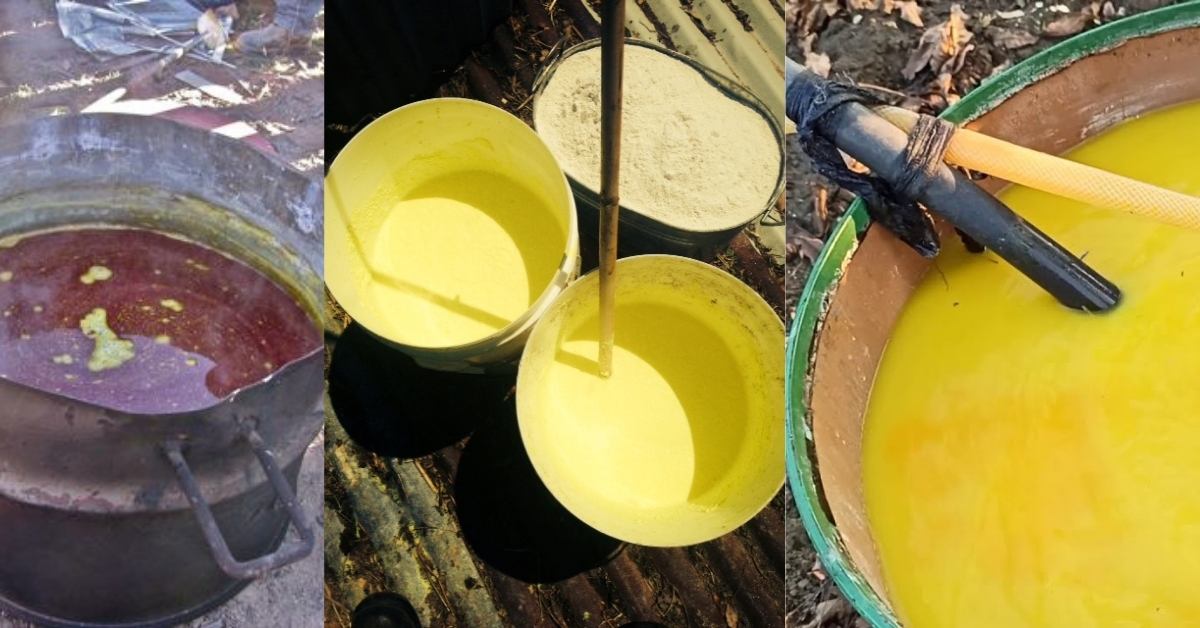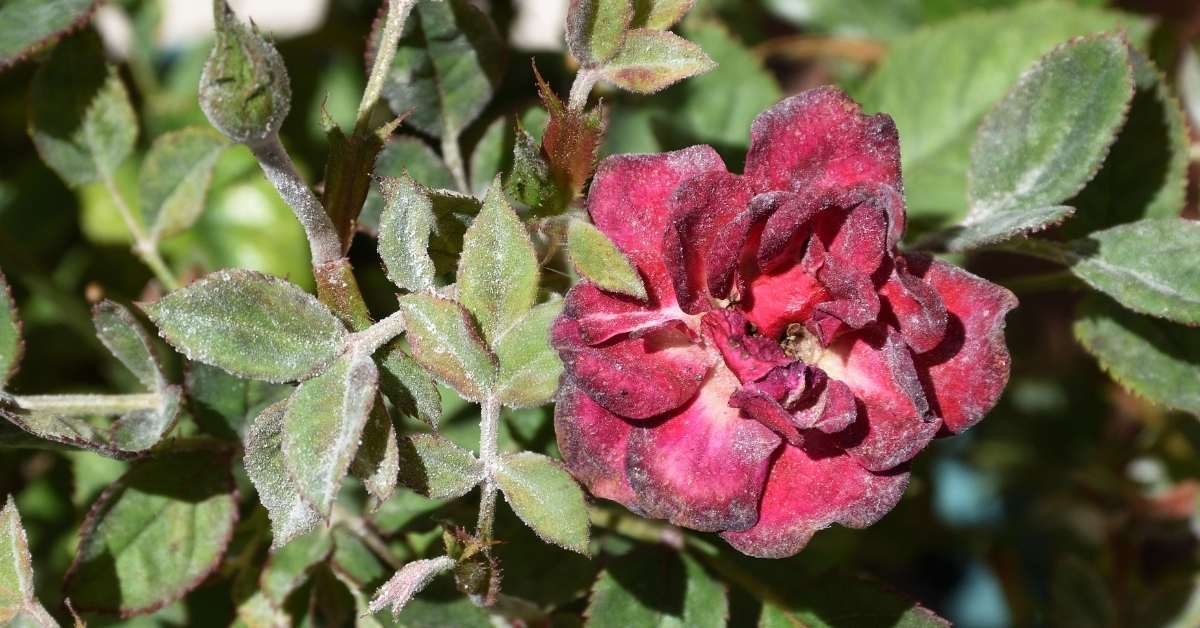Lime sulfur is a low-cost alternative to fungicides that may be used as part of a fungal management strategy. It is based on sulfate and calcium oxide, both of which are used to control pests and diseases.
A systemic fungicide is required if the incidence or attacked area of infected trees is already more than 10%; lime sulfur is best used as a preventative measure.
In Mediterranean-style settings with plentiful spring and summer rains, harmful molds and bacterial fungus thrive. The lime-sulfur spray works well on deciduous fruit trees to combat insects and fungus.
When used as a winter wash or spring spray, lime sulfur is effective against scale, mildew, rust, twig borer, and spider mites. In addition to buying the commercial lime-sulfur spray, home orchardists may make their lime-sulfur concentrate apply to roses, grapevines, and fruit trees.
It is most often sprayed on roses in Australia after trimming as a winter protectant. You may find it for sale in most construction and gardening shops under various commercial labels.
Here you will find out how to make lime sulfur spray at home with every detail if you don’t want to pay for it, or need in big quantities.
How to Make The Best Organic Fungicide Lime Sulfur Spray For Plants?
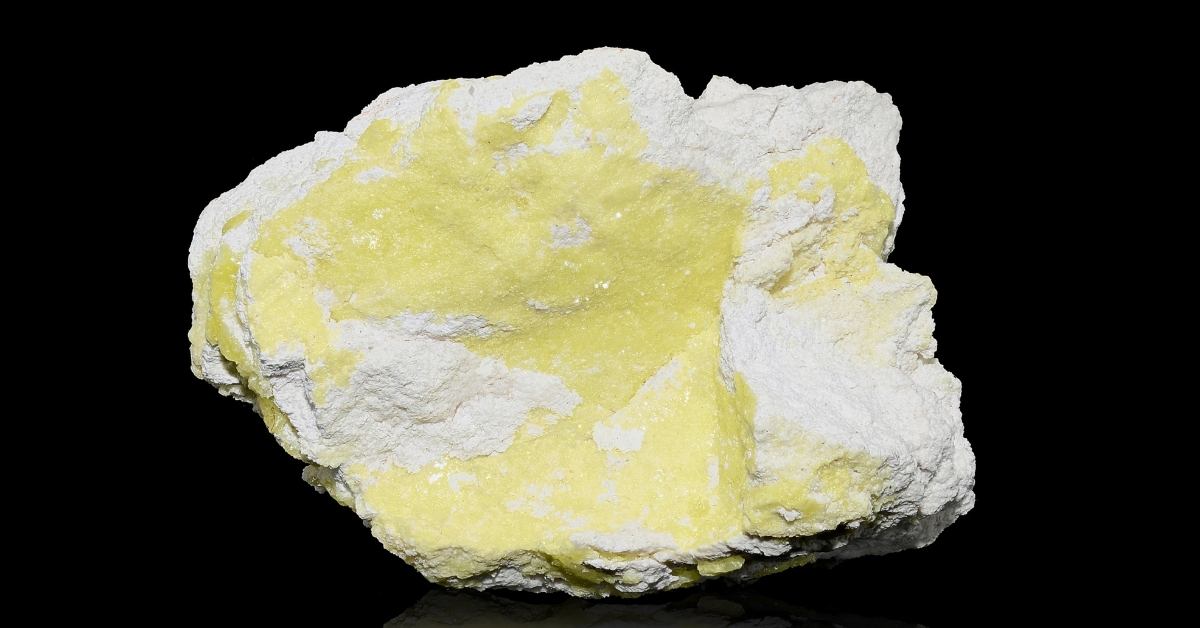
What is Lime Sulphur?
Lime sulfur is soluble in reddish-yellow water with a pronounced rotten egg odor. It is a blend of several calcium polysulphides, and its usage in organic gardening is approved since it is produced by reacting sulfur and builder’s lime (calcium hydroxide), which is not the same as garden lime (calcium carbonate).
Lime sulfur has a pH of 10.5–11.5, making it extremely alkaline. Although it is regarded as caustic or corrosive, its alkalinity is comparable to ammonia and magnesia milk (pH 10.5, which is used to treat indigestion) (pH 12).
It is 1,000 times less alkaline than caustic soda, which has a pH of 14, by three pH points (10x10x10). In any case, as with any horticultural chemical, keep your skin and eyes away from touch.
Origin
There are two views on the invention of lime sulfur back in time:
- In order to combat powdery mildew on grapevines and protect their priceless wine supplies, France utilized lime sulfur in the 1840s, which is said to be the first synthetic chemical ever used as a pesticide.
- The fungicide lime-sulfur, which is made of inorganic sulfur and lime, is often used to treat various ailments, including plum pockets, black knots, rose black spots, and many raspberry diseases. Grison, the chief gardener of the vegetable houses at Versailles, France, invented lime sulfur in the year 1851. For 10 minutes, Grison cooked “flowers of sulfur,” newly slaked lime, and water. He then removed the clear liquid and reconstituted it with water. He then used this remedy to shield plants against mildew. The “Grison Liquid” or “Eau Grison” was the original name of the remedy. Lime sulfur was used in California in 1886 to prevent peach leaf curl.
What is inside a lime-sulfur mixture?
The sole component of the mixture that is poisonous to pathogens is sulfur. It may kill pathogens by direct contact or fumigation (sulfur vapors). Powdery mildew spores must be killed for the fungicide to be effective at a distance due to sulfur’s vapor action.
After being absorbed by the fungus, sulfur interferes with the flow of electrons, leading to its reduction to hydrogen sulfide (H2S), which is poisonous to the majority of cellular proteins.
How Does Lime Sulphur Work?
An eradicant, lime sulfur, works by instantly destroying fungus. After application, it disintegrates and releases sulfur. The sole component harmful to fungus is sulfur, which may either kill them directly via touch or indirectly by sulfur vapor fumigation.
When to use lime sulfur?
Lime sulfur may be sprayed during the growing season or used as a fungicide during the dormant season. Applications for the dormant season must be made when temperatures are above freezing but before the plant produces any leaves, which is in the late winter or early spring.
Applications during the growing season may be made after the plant has leaves; however, they should be made in the early morning or late afternoon to prevent scorching. When it’s dry out, and the temperature rises to 80 to 95 degrees F, lime sulfur damage to plants is at its worst.
Benefits of lime sulfur
Lime sulfur may be used to manage a number of fungi, including Black Spot, Powdery Mildew, Freckle, Leaf Curl, Rust, Shot Hole, and Brown Rot, as well as many Scale and Mite pests.
Is lime sulfur toxic to humans?
Lime sulfur is toxic and damaging to the eyes if ingested, breathed, or absorbed via the skin. When applying lime sulfur, the proper safety measures should be implemented in accordance with the label. Before buying, handling, or using lime sulfur, carefully read the label.
How to Use Lime Sulphur
Although it may be applied throughout the growing season, lime sulfur is typically utilized when plants are dormant.
Applications for the dormant season are made in the late winter after the last frosts have melted and before leaves have emerged.
Applications throughout the growing season may be performed while leaves are present, but to prevent leaf burn, they should be made early in the morning or late in the day.
To avoid plant damage caused by lime sulfur, DO NOT spray when:
- Temperatures exceed 32 °C (89.6 °F)
- When soil is dry, plants suffer from moisture stress.
- When freezing weather is expected.
- Within 14 days of an oil spray.
Avoid polluting fishponds and streams while spraying, and make sure the spray does not float over aquatic ecosystems. Till the spray has dried, keep kids, dogs, animals, and birds away from affected areas.
On apples, pears, stone fruit, citrus, grapes, tomatoes, roses, and ornamentals, lime sulfur may be used to manage a variety of fungal diseases and pests.
Since it has minimal toxicity, there is no withholding time, and crops may be picked as needed.
It’s the perfect winter cleanup spray; use it to prevent powdery mildew on apples before they blossom, leaf curl on peaches and nectarines, and scale on stone fruit trees. To combat powdery mildew and mites, spray roses after trimming.
When to Spray Lime Sulphur?
The optimal times to spray certain crops are often mentioned on the label of commercially manufactured products; the timing depends on the crop and the insect or disease. As a general rule:
Stone While trees are asleep and before bud swell, fruit, including almonds, apricots, nectarines, peaches, and plums, are sprayed. Once flowers start to bloom, it is too late to spray.
To encourage late bud swell, pome fruit like apples are treated when they are dormant.
There are a few safety measures to be aware of while eating apples. After the late green tip, using lime sulfur will limit growth and lower production.
On Delicious or Cox’s Orange Pippin apples, avoid using lime sulfur.
Use of lime sulfur beyond the late green tip stage, when the buds begin to exhibit green tips from the developing leaves, can inhibit growth and reduce output.
Spraying occurs as close to bud burst as is practical for grape vines.
Roses and many other ornamentals may be sprayed either during their growing season, which runs from spring through fall, or during their dormancy as a winter spray. Be careful to moisten the leaves and repeat as necessary.
During the growing season, from spring to fall, tomatoes and other crops may be sprayed; be sure to soak the leaves and repeat as necessary.
Can I use lime sulfur with all the plant varieties?
No. You should avoid applying lime sulfur to some plants since they are sensitive to sulfur. Apricots, raspberries, cucurbits, and peaches are among plants that are sensitive to sulfur and should not be treated when they are in leaf during the growing season. Before spraying during the growing season, find out whether the plants are sulfur sensitive.
Lime sulfur safe plants:
Lime sulfur is safe to use even on fruits that include:
- Pears
- Roses
- Ninebark
- Peaches
- Blackberries
- Phlox
- Apples
- Dogwoods
- Raspberries,
- Blueberries
- Plums
- Cherries
- Rudbeckia, etc.
Lime Sulfur or Copper Fungicides?
While copper fungicides just act as a fungicide, lime sulfur also acts as an insecticide. Another crucial factor to take into account is the fact that copper does not degrade at all and is harmful to plants at high soil concentrations.
The soil is not best served by the routine seasonal application of fungicides based on copper. Never use copper on strawberries since it will cause severe phytotoxicity (plant toxicity) in almost all cases.
Using copper fungicides is not recommended when using lime-sulfur (but using a copper fungicide itself is! ). In such situations, apply just enough spray to moisten the plant surfaces without causing runoff.
Disadvantages of lime sulfur
Due to its high alkaline content, it could harm leaves if the dosage is too high.
Smelly. Strong acids may react with lime sulfur to create very dangerous hydrogen sulfide, which often has a characteristic “rotten egg” smell. Although lime sulfur is not very flammable, burning results in sulfur dioxide gas, which is exceedingly unpleasant.
May injure someone physically. Strongly alkaline lime sulfur solutions are harmful to live organisms and may result in blindness if splashed in the eyes (average commercial concentrations have a pH of above 11.5). (from Wikipedia). When dealing with lime sulfur, safety goggles and gloves should be used.
How to Make Lime Sulfur Spray At Home?
A combination of calcium polysulphides known as lime-sulfur is created when calcium hydroxide, or “brickies lime,” reacts with sulfur. It often creates a reddish-yellow liquid with the well-known sulfuric odor when used as an aqueous solution for ease of application.
Ingredients and Equipment

Mix up 100L (22 Gallon) at a time, but you may easily create a smaller batch by adjusting the ratios. Sulfur is far less expensive when purchased by the bag, but it will keep well.
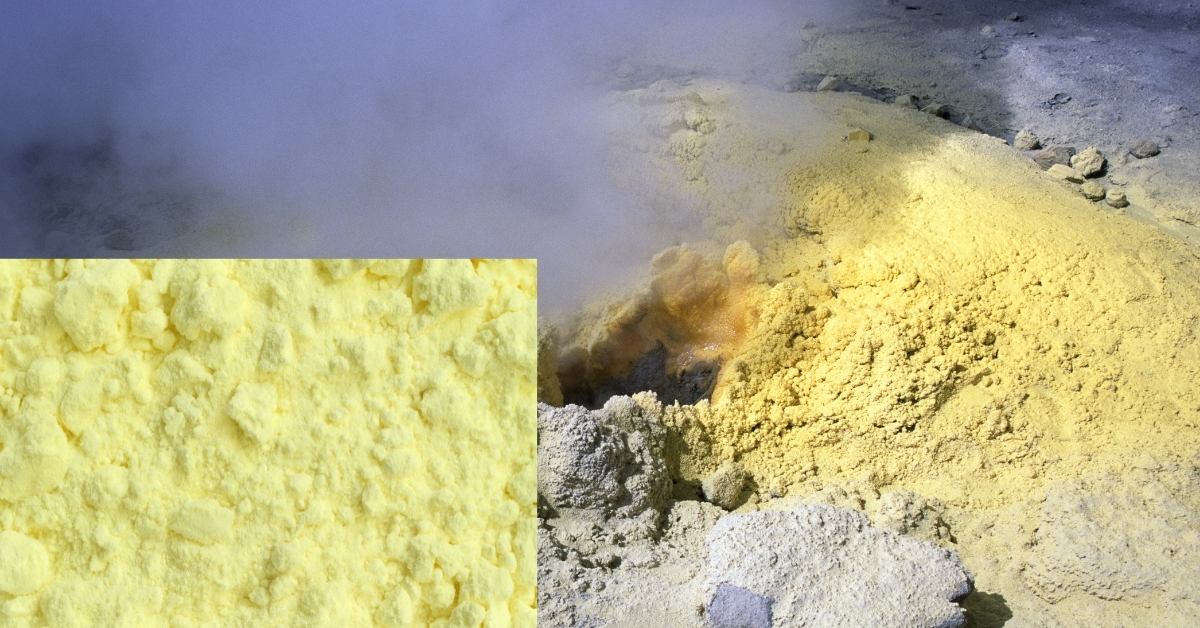
Your agricultural supplier should be able to provide you with pure (98 percent) sulfur, and any hardware shop should have brickies lime or quick lime.
- 20 kg (44 Pounds) of pure Sulfur
- 10 kg (22 Pounds) hydrated lime / quick lime / ‘brickies’ lime
- 100 L (22 Gallon) water

1. Choose an Outdoor Location
To make the lime and sulfur mixture, use open and outside space. Sulfur has a pungent scent, and most people find the “rotten egg” smell to be quite offensive. Find a place to cook where the fumes won’t contaminate your house or bother the neighbors. Plan to boil the powdered lime-sulfur combination on a windy day. The wind will spread the smell of the gases.
2. Create a Fire Pit
Set up a spot for an open fire. Create a tiny fire pit and level the ground. To support the cooking pot, arrange many large concrete blocks in a triangular shape around the fire pit. Ensure that the blocks are sturdy and level. Build a roaring fire that you can maintain for a while.
3. Set a Steel Boiler On The Fire

Set a big pot (between 15 and 30 gallons) or steel drum on the fire. Heat the saucepan by adding water. Put the sulfur in a different container or bucket and add enough water to produce a thick paste while the water is heating to a boil. Set aside after thoroughly stirring. (Part of the water should be used to combine the sulfur paste, part to fill the pot, and the remaining water should be added to the pot while the mixture is being cooked down.)
Add the lime all at once, stirring carefully as you do so until the water is almost at a boil. Stir the pot with a broom handle or a heavy wooden spoon. Add the sulfur paste once the lime has completely dissolved in the water and swirl to combine.
4. Cook and Stir
Get a fire going below your drum and place it on some bricks.
Keep the hose close by and fill the drum with water until it is half full ( about 100 L).
Add all the lime at once when the water is at a boil and stir until it dissolves. A sturdy stick or broom handle is required.
When all the ingredients have dissolved, and the mixture is a rich reddish-brown color, cook for one to two hours while stirring often. The liquid will continue to have some yellow scum on top of it. As the mixture cooks down, keep adding water. To get the required hue, continue to cook.
5. Wait for the Liquid to Cool
By letting the fire burn out, you may naturally cool the liquid in the pot. Cover the pot while the liquid cools to keep the insects and dust carried out by the wind.
6. Strain the Liquid
Fill glass gallon containers with the lime-sulfur concentration. As you fill the jugs, filter the liquid using a large-mouth funnel coated with cheesecloth. The jars should be labeled, sealed, and kept away from freezing. When you’re ready to spray, the liquid has to be diluted.
To prevent your arm from breaking, you may wish to tag team. It may be a nice exercise to move the heavy sediment to the bottom, but it works best when done in groups of two or more. The second set of hands should be on duty to keep the fire going, and the water drum should be filled up to maintain the volume as it evaporates.
While doing so, embrace your inner alchemist, savor the enticing fragrance of boiling sulfur, and wonder as your soup turns from pasty white to orange-hued to deep crimson.
If necessary, strain the liquid through a sieve, sock, or other materials after allowing it to cool (usually overnight) and depending on how it will be utilized. Strain the solution into bottles after removing it from the top of the sediment.
Normally, I dilute 1L with 10L of water. In order to perhaps cure the phytophthora fungus common to the tropics and subtropics, I have most recently begun using this method across a custard apple orchard. Dousing the root zone with water and sprinkling around 1L over the trunk and lower branches (avoid the foliage).
Warning

When handling lime-sulfur spray, put on long-sleeved gloves, safety gear, and safety goggles. The liquid may burn the skin since it is caustic. Keep the liquid out of children’s reach. Do not ignore seeking emergency medical attention if you come into touch with the liquid, breathe it in, or consume it. Make sure you wear a face mask before you start the spraying process.
All fungicides, pesticides, herbicides, and fertilizers have a negative impact on bee populations. Spraying shouldn’t be done while the trees are in blossom and bees are present to pollinate the flowers.
Is lime sulfur poisonous to dogs?
Although exact lethal doses are unknown, they most likely surpass 4 g/kg. Lime-sulfur, a combination of sulfides, may irritate the skin, produce pain, or even blistering, although it seldom results in mortality.
Can I use lime sulfur in summer?
Yes. However, the growing season is when it is most often used. Choose an overcast day and below 89 °F (32 °C) if you wish to apply it in the summer.
How to use lime sulfur spray with Roses?
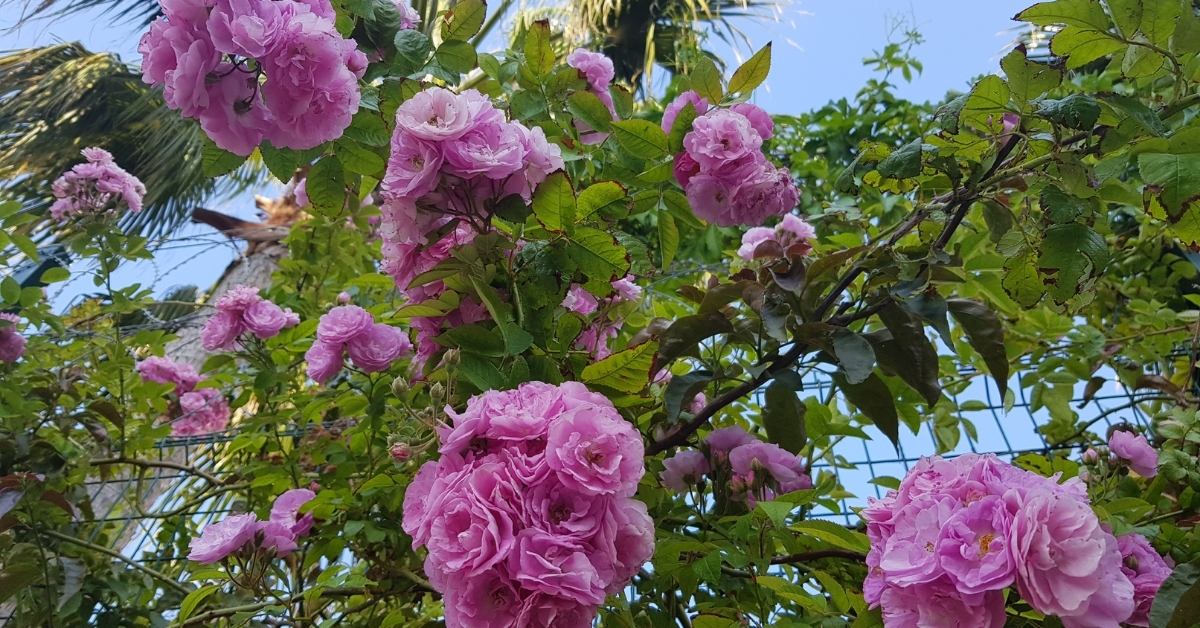
Fungus may infect roses, as it does with other plants. In the past, the idea was to spray them with a variety of chemicals to keep them from developing blackspot, mildew, and other diseases. That’s not something I buy into myself. In general, garden roses are more resistant to disease than other types of roses, and I don’t enjoy pouring so many pesticides into the environment when they may not even be necessary.
Instead, I’ve devised a simple method for dealing with a disease epidemic in your roses. Sulfur and Lime Spray is required. A decent garden center should have it on hand.
In nature, sulfur acts as a disinfectant and deodorizer. Exactly what do I mean by “that”? A simple fact about this product is that it quickly destroys any fungus that has taken root in the garden. It’s a component of the traditional “Bordeaux Mixture,” which was used to spray French vineyards.
How to use lime sulfur on roses?
Make sure to do it early in the morning or on a cloudy day. Leaves will be burned by the combination of sunlight and lime/sulfur.
Spray the roses with a combination of 1 tbsp of lime/sulfur per gallon of water. Nothing else should be used in conjunction with it. Lime/sulfur and water are all you need. To ensure that the plants are thoroughly sprayed, You can use a hose-end sprayer.
Wait 15 minutes, then use the hose to rinse it all away.
It’s done! Any fungus spores in the garden will be swiftly killed by the lime/sulfur mixture. You can use this method for years and years with tremendous success. The only drawback is that sulfur smells a little, but it quickly fades.
You may save time and money by treating any outbreaks that arise rather than continuously spraying your roses with pesticides. Roses, the environment, and you will benefit from this method.
Why is Lime sulfur banned in some countries?
Applying the techniques for creating organic, do-it-yourself fertilizers that give plants better, more nutrient-dense growth. As a result, the soil is improved, and harmful accumulation is stopped in the soil, waterways, and farmers themselves. Everyone gains! Except for the producers of traditional fertilizers. They absolutely dislike this concept.
It’s a huge thing when a farmer can produce their own fertilizer on-site and at a reasonable cost, especially when you consider the fact that most traditional farmers across the globe regularly take out substantial loans simply to be able to acquire the fertilizer they need to cultivate the foods that you and I eat every day.
What you have here is a very, very huge thing. Add to this a set of organic handmade fertilizers (and not dangerous to the soil life, the land, the farmer’s family, etc.) and provide larger yields than conventional fertilizers.
Agricultural usage is intended for this prophylactic anti-fungicide. There are a ton of weird organic anti-fungal products you might use in your garden (like garlic spray). The amounts of components needed are just too vast, and producing them would be excessively costly and time-consuming. As a result, creating your own garlic spray for 100 acres (or more) of crops isn’t particularly feasible.
This is where solutions like lime sulfur come into play. A basic, affordable, non-toxic anti-fungicide that can be produced by anyone at an appropriate scale for agriculture.
Legal disclaimer: In many countries, lime sulfur is not restricted to use and is available as a commercial product. However, check your own country’s regulations before using them.
